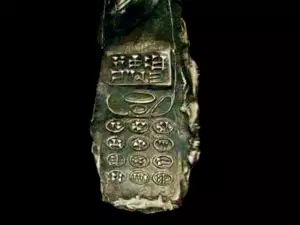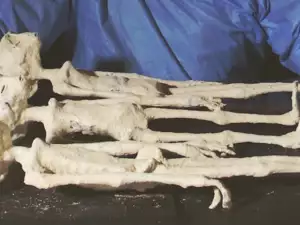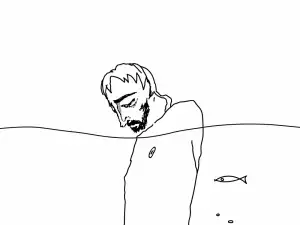According to a number of scientists, the mysterious object found back in 1885, famed worldwide under the name the Salzburg Cube, is clear-cut evidence of the existence of extraterrestrial life.
The artifact was found unwittingly in the Wolfsegg mine near the Austrian town of Schondorf, and falls under the category of objects excavated below the surface of the Earth whose existence is a complete mystery to science. For this reason they are called unidentified fossilized objects.
The Salzburg Cube is a metal object, that has the shape of, as its name indicates, a cube. Its dimensions are 67 x 67 x 47 mm and it weighs 785 g. Upon its discovery by a worker in a foundry, it was found to be coated in a layer of rust and dated to being millions of years old.
The worker donated the discovery to the Museum Carolino-Augusteum in Salzburg. Initially the strange object didn't really grab anyone's attention but in 1896, more than a decade after its discovery, on a chance visit to Salzburg, mining engineer Adolf Gurlt was left astonished by the mysterious object.
He made a report dedicated to the cube at a meeting of the Natural History Society of Bonn, claiming that the object was debris from a meteorite. But the young engineer's theory could not explain the absence of the characteristic signs of melting seen in all meteorites that go through the atmosphere.
Aside from this, artifact has exceptionally straight edges - a clear sign that it underwent artificial modification. This unleashed a storm of debate in the scientific communities but scientists still could not determine its origin.
Analysis showed that its age falls under the Tertiary period or 66 million to 2.58 million years ago. With these findings in mind, at the end of the 20s of the 20th century, American writer Charles Fort proposed that the Salzburg Cube was the handiwork of extraterrestrials. From the get go his theory caused ridicule but subsequently more and more people began to ponder over his words.
In the 60s of the 20th century, the Salzburg Cube was analyzed using electron beam micro-analysis. The conclusion was that the object was not a meteorite but that was all scientists managed to determine.











